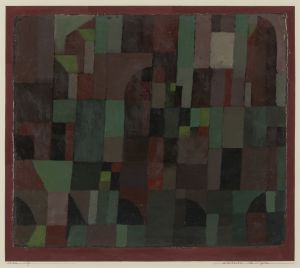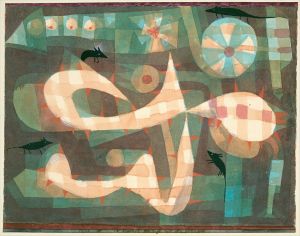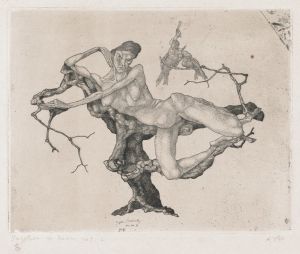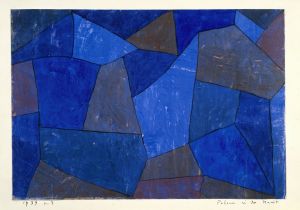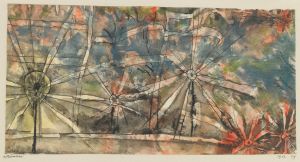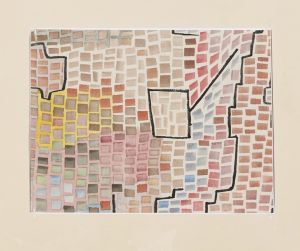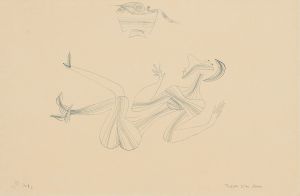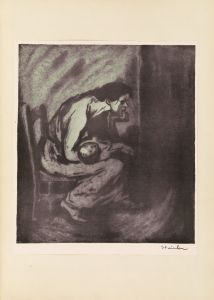
Explosion
A hand-painted replica of Paul Klee’s masterpiece Explosion, meticulously crafted by professional artists to capture the true essence of the original. Each piece is created with museum-quality canvas and rare mineral pigments, carefully painted by experienced artists with delicate brushstrokes and rich, layered colors to perfectly recreate the texture of the original artwork. Unlike machine-printed reproductions, this hand-painted version brings the painting to life, infused with the artist’s emotions and skill in every stroke. Whether for personal collection or home decoration, it instantly elevates the artistic atmosphere of any space.
"Explosion" is a painting created by the Swiss-German artist Paul Klee in 1917. Klee, a pivotal figure in modern art, was known for his highly individual style that was influenced by movements such as Expressionism, Cubism, and Surrealism. His works often feature a unique blend of abstraction and figuration, characterized by a playful use of color and form.
"Explosion" is a prime example of Klee's innovative approach to art. The painting was created during a period when Klee was deeply influenced by his experiences in World War I. In 1916, Klee was conscripted into the German army, where he served in a relatively safe position behind the front lines. This experience, however, had a profound impact on his work, leading to a more introspective and abstract style.
The painting itself is a vivid composition that captures the essence of an explosion through abstract forms and vibrant colors. Klee uses a combination of geometric shapes and dynamic lines to convey the sense of energy and chaos associated with an explosion. The color palette is dominated by reds, yellows, and blues, which are used to create a sense of movement and intensity.
Klee's technique in "Explosion" reflects his interest in the interplay between color and form. He often used a method of layering colors and textures to create depth and complexity in his works. In this painting, the overlapping shapes and lines create a sense of fragmentation and disintegration, which can be interpreted as a metaphor for the destructive forces of war.
"Explosion" is also notable for its use of symbolism. The abstract forms can be seen as representing various elements of an explosion, such as the initial blast, the resulting debris, and the shockwaves. This symbolic approach is typical of Klee's work, where he often used abstract imagery to convey deeper meanings and emotions.
The painting is part of Klee's broader exploration of abstract art, which he pursued throughout his career. He was a member of the Bauhaus school, where he taught and developed his theories on color and form. His work had a significant influence on later artists and movements, including Abstract Expressionism and Color Field painting.
"Explosion" is housed in the Kunstmuseum Basel in Switzerland, which holds one of the most comprehensive collections of Klee's work. The painting is considered an important example of Klee's mature style and his ability to convey complex ideas through abstract imagery.
In summary, "Explosion" by Paul Klee is a significant work that exemplifies the artist's innovative approach to abstraction and his ability to convey powerful emotions through color and form. Created during a tumultuous period in Klee's life, the painting reflects his response to the chaos and destruction of war, making it a poignant and enduring piece of modern art.






